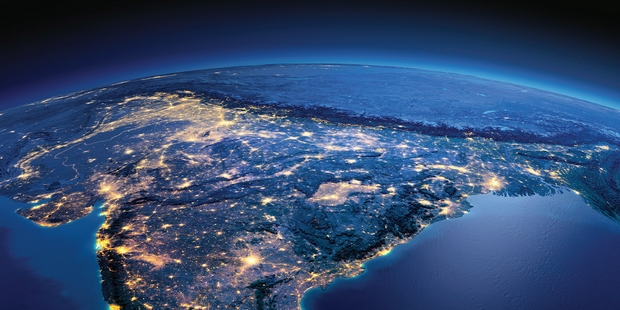Call for majors to reduce HFCs in India

Environmental group the EIA has called on major global fast food chains to reducing their refrigeration footprint in India.
The report, Transitioning HFCs in India, The Opportunity for Climate Friendly Cooling in the Fast Food Industry, studies some of the fastest growing multinational fast food chains in India, which, it claims, are some of the country’s largest contributors to HFC emissions.
It highlights American-based companies like McDonald’s, Starbucks, Subway, and Dunkin Donuts, as well as Indian-based company Café Coffee Day, and UK-based Hindustan Unilever. Just the eight fast food chains covered in the report could add the equivalent of nearly one million tons of carbon emissions by 2020, the report says.
“Developing countries like India are expected to join a global HFC phase down, and it behooves multinational corporations to do their part for the climate,” said Avipsa Mahapatra, EIA global climate campaign director. “With climate-friendly, cost effective technologies already available, these companies have no excuse to rely on super greenhouse gases. We call on these companies to recognise the enormous potential for emissions reductions in India by reducing their refrigeration footprint, and publicly commit to not install HFC-based equipment in their new stores from 2019.”
The Indian fast food industry is expected to grow from $15bn to more than $50bn over the next five years. The report claims that McDonald’s, with more than 350 stores in India and growing, has not transitioned to climate friendly alternatives in India, but in its Europe facilities, has installed over 13,500 pieces of HFC-free equipment since 2010 and has piloted an entirely HFC-free store. Subway, the largest fast food chain by store count in the world uses hydrocarbons in back counter chillers in the UK and Ireland, but has no stated intent of going HFC-free in India.
The EIA also calls on the Indian government to ban the use of HFCs with a global warming potential higher than 1,000 in new food and beverage refrigeration equipment beginning January 1, 2018 in multinational food and beverage retailers.
The report can be read and downloaded here
